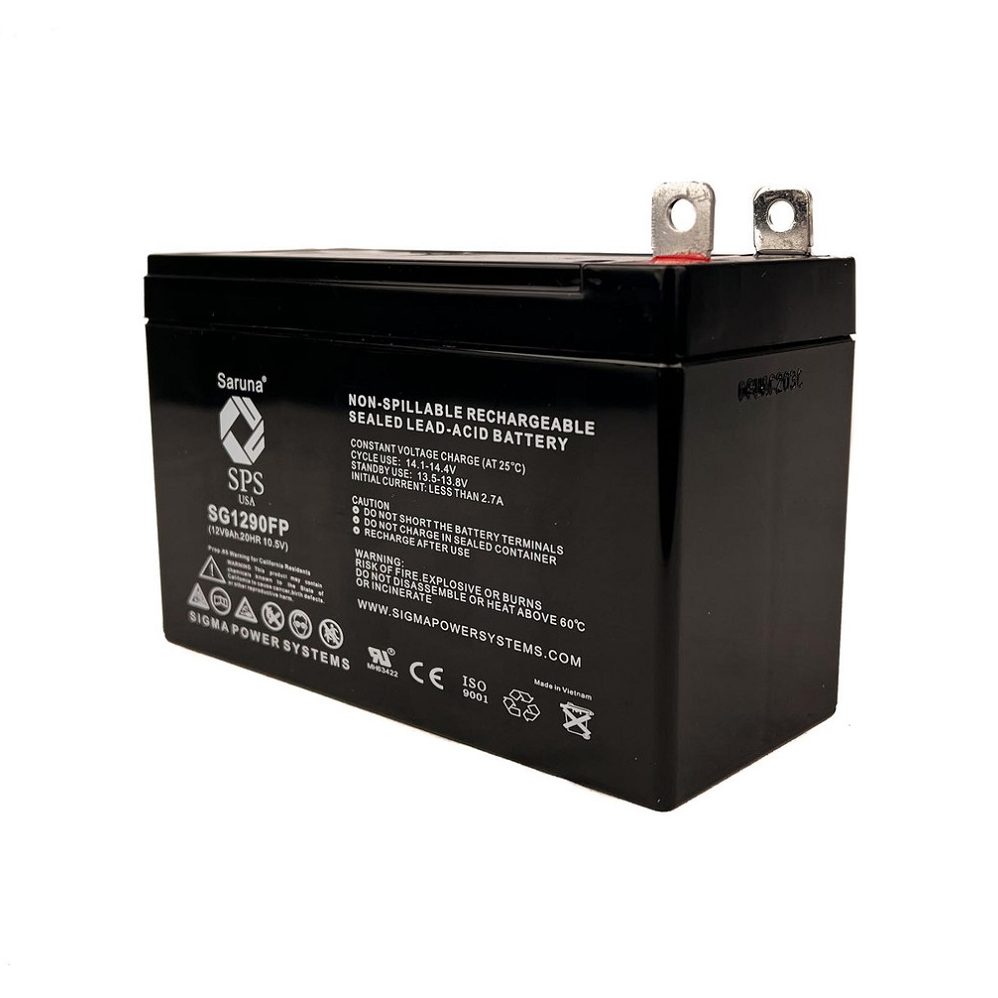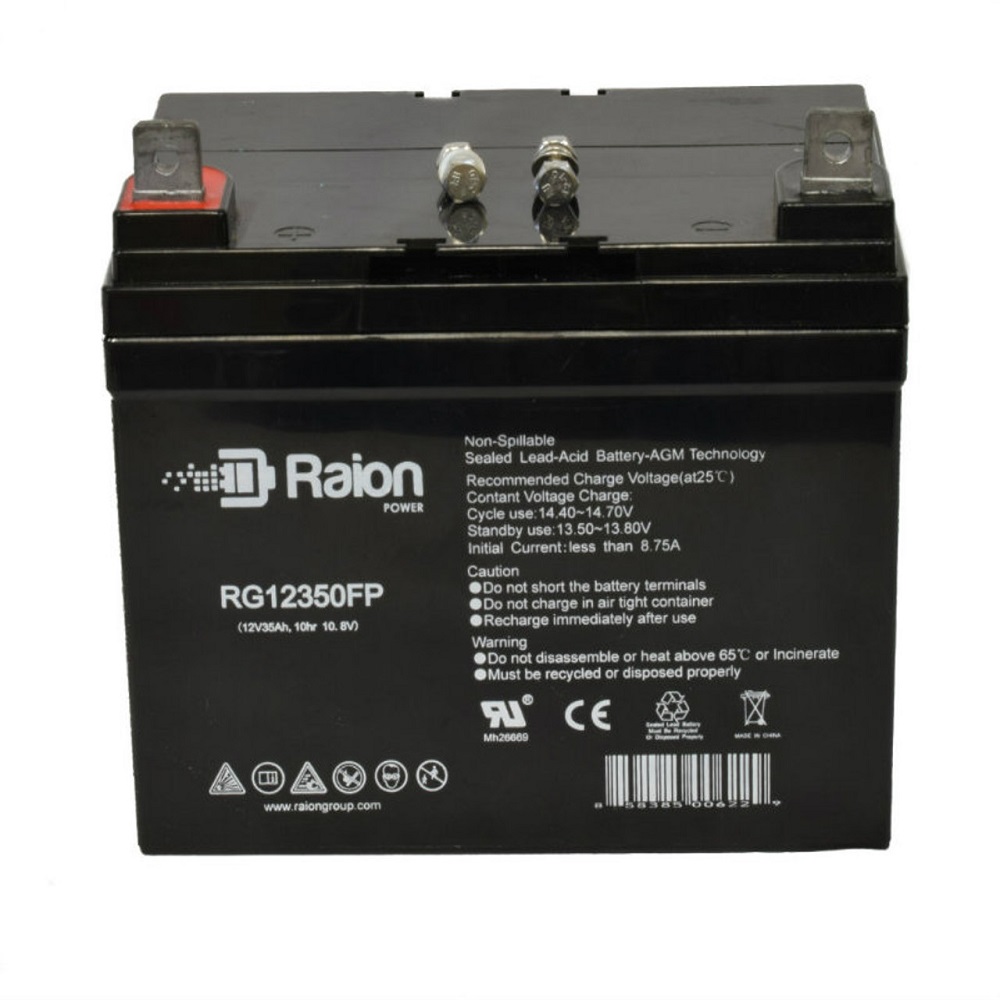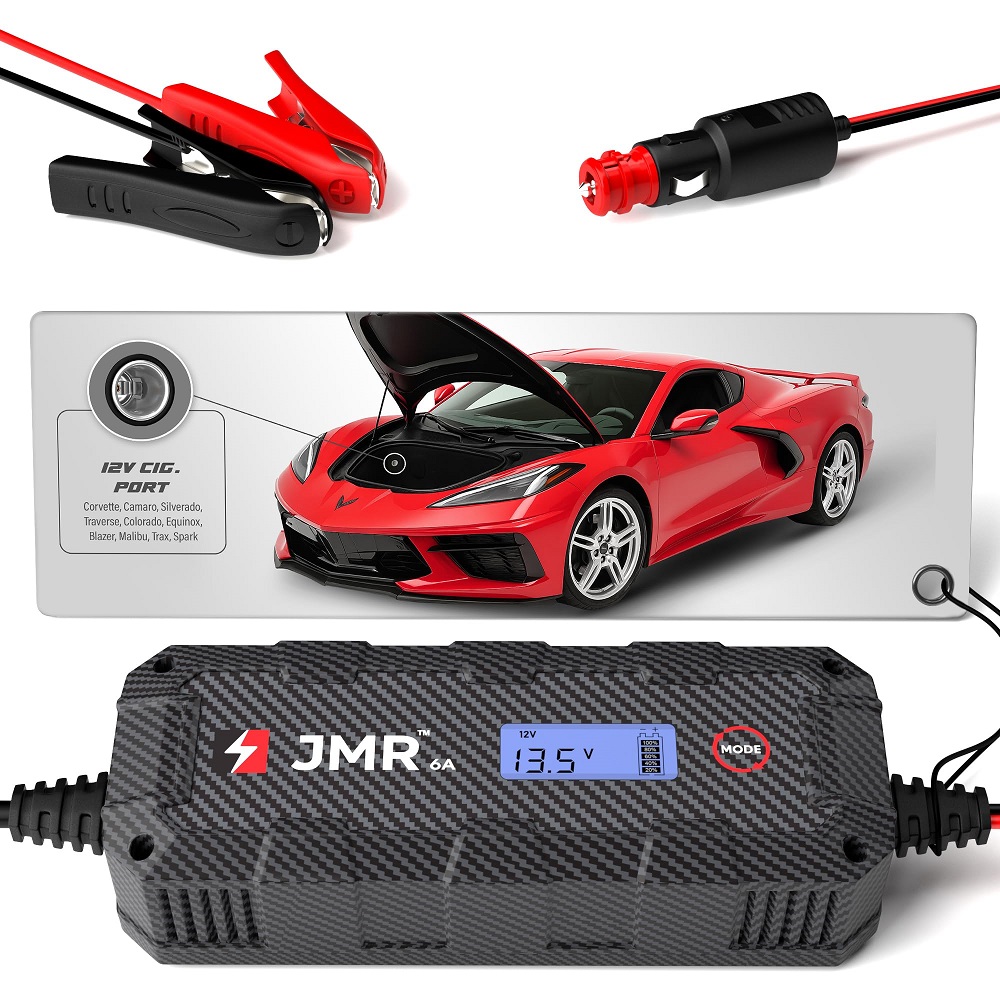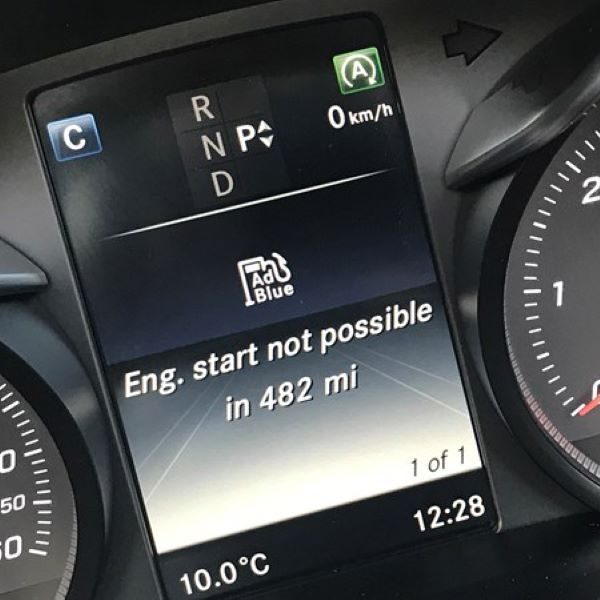Introduction to the Active Battery Saver Message
In today’s world, modern cars are equipped with complex electrical systems designed to enhance performance and comfort. Among these systems is the battery management system, which helps maintain the vehicle’s battery health and longevity. One common message you may encounter while driving is the “Active Battery Saver” message warning. This alert can cause concern for drivers, especially those unfamiliar with its implications. Understanding what this message means and how to address it is vital for maintaining your vehicle’s functionality and ensuring a smooth driving experience.
The “Active Battery Saver” message typically appears on the dashboard when the vehicle’s battery management system detects that the battery’s charge is low or nearing depletion. The system activates the battery saver mode to prevent further energy drain and protect your car’s electrical components. This message is not simply a warning; it acts as a precautionary measure. It aims to prevent the vehicle from becoming immobilized due to battery failure. Recognizing this alert early can help you take the right steps to address the underlying issue, keeping your vehicle in good running condition.

Common Causes of the Active Battery Saver Message
Low Battery Charge
One of the primary reasons the “Active Battery Saver” message appears is a low battery charge. Various factors can contribute to a diminished battery charge, such as prolonged use of electrical components, inadequate charging, or battery age. When you leave lights, radio, or charging devices running without the engine on, it can drain the battery significantly. If the battery has not been sufficiently charged, the system will detect the low voltage levels and trigger the warning.
In addition to using electrical components excessively, certain weather conditions can also affect battery performance. Cold winters can reduce battery efficiency, while hot summers can lead to faster battery degradation. When the battery charge level drops too low, the vehicle’s battery management system automatically activates the battery saver mode to prevent further energy drain. Being aware of this possibility helps ensure you monitor your battery’s condition regularly to prevent inconvenient situations down the line.
Faulty Battery or Connections
Another potential cause of the “Active Battery Saver” message could be a faulty battery or loose connections. Over time, batteries can wear out due to age, usage, or exposure to extreme conditions. If your battery is several years old, it may struggle to hold a charge effectively. A weak battery can result in the same symptoms as a low charge, leading the system to activate the saver mode.
Additionally, loose or corroded battery terminals can affect the electrical connection between the battery and the vehicle’s systems. Corrosion can prevent the battery from charging correctly, resulting in voltage fluctuations that trigger the warning message. Regular inspections of your battery and its connections are important for maintaining optimal performance. Identifying and addressing these issues promptly can help you avoid extended periods of battery-saving mode and maintain the reliability of your vehicle.

Understanding the Effects of Battery Saver Mode
Reduced Functionality
When the active battery saver mode is triggered, your vehicle will enter a state of reduced functionality. This may manifest as a decrease in power to various electrical components and systems. For example, you may notice that the headlights are dimmer or that the radio and air conditioning performance are affected. The aim is to limit power usage to preserve the remaining battery charge. While this is a necessary and effective response to low battery conditions, it can make driving less comfortable and may raise safety concerns.
Furthermore, if the battery saver mode persists for an extended period, it can hinder the operation of important systems like power windows and power locks. You might find that they operate more slowly or may even become unresponsive. Understanding these limitations can help you manage your expectations and take necessary actions to resolve the situation effectively. Prolonged use of battery saver mode should be addressed quickly to restore your vehicle’s primary functions.
Risk of Complete Battery Drain
Another significant concern related to the active battery saver message is the risk of complete battery drain. If the underlying issue is not addressed, the battery may continue to lose charge, eventually leading to a dead battery. A completely drained battery can prevent your vehicle from starting and may require a jumpstart or a battery replacement. This could cause inconvenient delays or even leave you stranded in the worst-case scenario.
Moreover, a dead battery can strain the vehicle’s electrical components, potentially leading to other long-term issues and costly repairs. Therefore, it is essential to address the active battery saver message promptly. Taking action as soon as the warning appears can help mitigate risks and ensure your vehicle remains operational. Understanding the implications of battery saver mode empowers you as a driver to take proactive steps in maintaining your vehicle’s health.

Immediate Actions to Take When You See the Message
Pull Over Safely
If you encounter the “Active Battery Saver” message while driving, the first step is to pull over safely. Find a secure place to stop your vehicle, ideally away from busy roads or distractions. Keeping your vehicle stationary minimizes the risk of further draining the battery while you assess the situation. Engaging the hazard lights will enhance your visibility to other drivers, ensuring your safety on the roadside.
Once you have moved to a secure location, you can assess your options. Depending on the circumstances, you may have to decide whether to try and restart the vehicle or to wait for assistance. Taking a moment to examine the dashboard for other warning lights or signs of trouble can also provide valuable information. If the battery saver mode is accompanied by additional indicators, addressing those could guide your next steps effectively.
Check Electrical Components
Before attempting to restart your vehicle, it’s wise to check the status of electrical components. Take note of any dimmed headlights, unresponsive features, or unusual sounds when operating electrical systems like the radio or air conditioning. This information can help you understand the severity of the battery issue. If you notice any of these signs, it may suggest that the battery is indeed low or that connections are faulty.
If you feel comfortable doing so, you might consider inspecting the battery terminals. Ensure they are securely connected and free of any corrosion. Loose or corroded connections often exacerbate battery issues and can be relatively easy to fix. If everything looks secure, and you’re confident in your battery’s condition, you may attempt to restart the vehicle to see if the warning goes away. However, if the problems persist, it’s essential to seek professional assistance without hesitation.

Seeking Professional Assistance
Call for Help
If the warning persists after you’ve conducted a brief inspection, it’s advisable to call for assistance. This could involve contacting a roadside assistance service or a trusted mechanic. Providing them with details about what you observed while checking the battery and electrical systems can help prepare them for the situation. Be sure to mention the “Active Battery Saver” message, as this will provide useful context regarding the vehicle’s current state.
When a professional arrives, they will likely start with diagnostic testing. The diagnostic tool can identify specific issues related to the battery and its connections. An experienced technician can analyze existing electrical systems and determine whether the problem lies within the battery itself or other components. Their expertise will help you understand the necessary repairs and provide specific recommendations for solutions. This will ensure you can tackle the issue efficiently, getting your vehicle back to optimal working condition.
Replacement or Repair
Depending on the diagnosis made by the professional, there may be recommendations for battery replacement or repairs. If the battery is indeed old or failing, replacing it is often the best solution. New batteries ensure reliable performance and can extend the lifespan of the vehicle’s electrical systems. Many mechanics will provide guidance on the appropriate battery type for your model, ensuring that you purchase one that meets the manufacturer’s specifications.
However, if the problem is traced to loose connections or other minor issues, a simple tightening of terminals or cleaning the battery connections may suffice. Addressing these problems effectively can help restore electrical functionality without the need for a new battery. Ensuring that all systems are working properly enhances the resiliency of your vehicle’s electrical system and helps prevent the active battery saver message from reappearing.

Preventive Measures for Battery Health
Regular Maintenance Checks
To avoid encountering the “Active Battery Saver” message in the future, implementing regular maintenance checks is crucial. Regularly inspecting your battery and electrical components can help identify issues before they escalate into serious problems. Mechanics typically recommend checking the battery’s condition at least twice a year and after any extreme weather conditions, as both hot and cold temperatures can adversely affect battery performance.
Additionally, maintaining clean and secure battery terminals can prevent corrosion and ensure a proper connection. Some automotive experts recommend using a protective spray or terminal protector to guard against buildup. Scheduling routine vehicle maintenance visits allows your mechanic to assess not only the battery but also other systems that might impact overall performance, addressing issues proactively and keeping your vehicle running smoothly.
Understanding Your Driving Habits
Understanding how your driving habits affect battery health is another critical preventive measure. Short trips and frequent stops can strain the battery because the vehicle may not have enough time to fully recharge. If you frequently drive short distances, consider incorporating longer drives into your routine to allow the battery to recharge.
Additionally, being cognizant of electrical usage while the engine is off can make a difference. Limiting the use of lights, the radio, or charging devices while stationary can help preserve battery life and prevent sudden dips in voltage. If you notice frequent battery issues, it may be beneficial to invest in a battery maintainer or trickle charger to provide consistent charging, especially if your vehicle sees intermittent use.
Conclusion: Stay Proactive for Battery Health
In conclusion, the “Active Battery Saver” message serves as an important warning that requires attention. Understanding its implications— such as low battery charge, faulty connections, or potential risks— empowers you to take appropriate actions. Being proactive in addressing these messages can help avoid larger issues and ensure that your vehicle operates smoothly.
Regular maintenance, early detection of electrical problems, and mindful driving habits contribute significantly to battery health and overall vehicle efficiency. Taking these steps not only safeguards against inconvenience but also enhances the driving experience. Should you encounter the “Active Battery Saver” message, remember that understanding the symptoms and acting quickly can prevent minor issues from escalating into serious problems down the line. By being vigilant about your vehicle’s battery condition and maintenance, you can enjoy a reliable and worry-free driving experience.
Leave a Reply